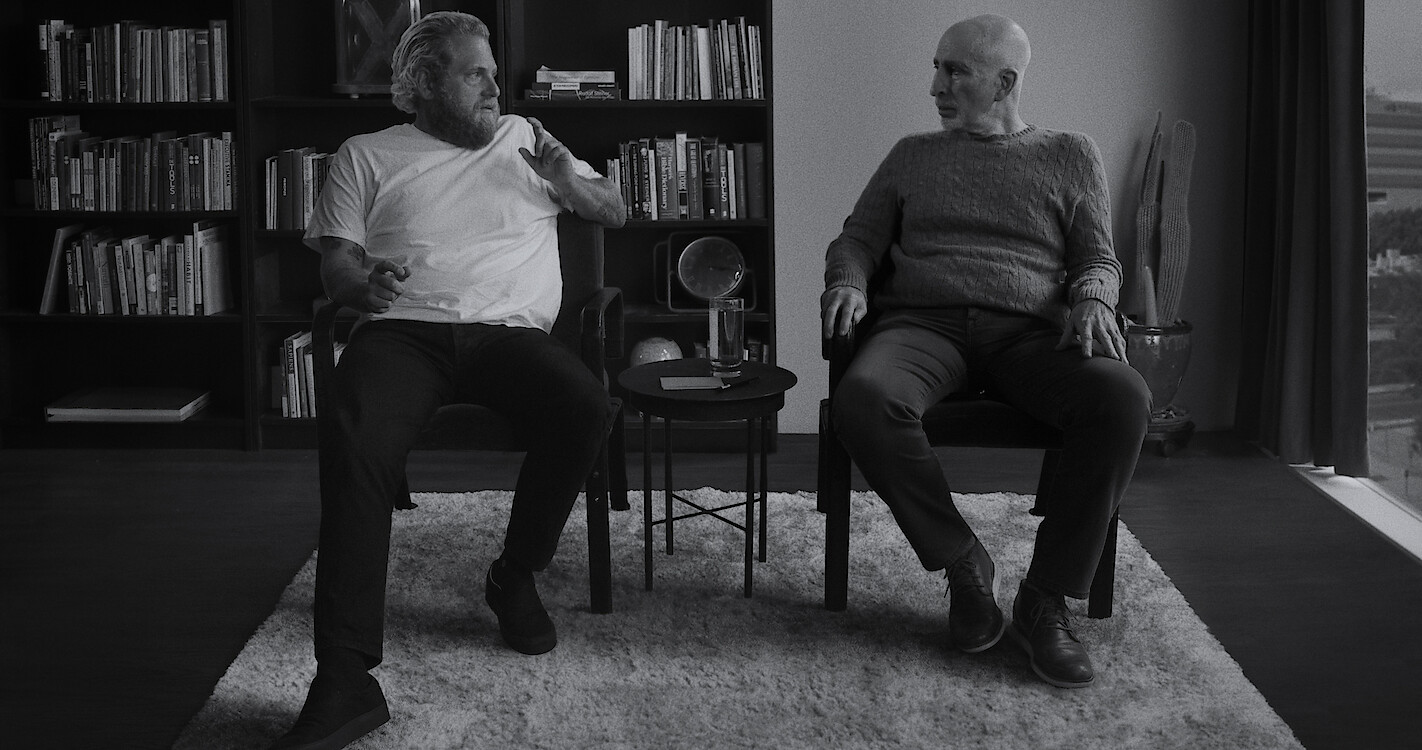I was intrigued about the Stutz documentary because psychotherapists do not tend to disclose a lot of information about themselves in therapy. It’s widely agreed that this is not in the best interests of the client. But Phil Stutz has allowed Jonah Hill to make a whole documentary about him – and I think it’s brilliant.
Jonah says that his motivation for making the film is to share Stutz and his tools with a wider audience. In the three days between watching the documentary and writing this piece, I’ve had several friends (and also clients) contact me about the film. People seem to love it.
So, what are these tools? How can they help people? And what has compelled Jonah Hill to make a documentary about this therapist specifically?
At the start of the film, we get a flavour for Stutz, as he candidly outlines the philosophy that underpins his work. He says that in order to move forward in life, there are three ‘Aspects of Reality’ no-one can avoid:
- Pain
- Uncertainty
- Constant Work
The second central theme of his philosophy is Life Force – this is what makes people feel more alive. His Life Force model contains three levels:
- Your relationship with your physical body
- Your relationship with other people
- Your relationship with yourself
According to Stutz, if you come into therapy feeling stuck, you can always work on your Life Force. And that if you take the time to work on your Life Force, even through relatively straightforward self-care like exercise, you will become unstuck.
Within the first five minutes of the documentary three things become apparent:
- Stutz is a straightforward guy who lives in the real world. He doesn’t see himself as being better than his clients and he certainly isn’t star-struck by Jonah
- He has humility and a sense of humour; qualities which undoubtedly deepen the therapeutic relationship
- Jonah loves him and their time together is running out. This feels like the real reason Jonah has made the documentary.
Stutz goes on to draw the tools and Jonah evidences just how much they have helped him by using some of his tools during the interview. It’s not so much that the tools are groundbreaking ideas in themselves. What makes them special is that they are powerfully simple and grounded in universal truth. And of course, the power of the tools also lies in Stutz’s hallmark delivery; a rare combination of humour, authenticity and potency. Therapeutic gold dust!
My favourite tool has to be the String of Pearls, which is all about the importance of taking action. You are the only person who can put the next pearl on the string and every action in your life, big or small, has value – this is why the pearls are all the same size. The key is to keep adding the pearls, safe in the knowledge that each one has a turd in it (Stutz laughs as he draws little black dots inside the pearls). The turds are a reminder: don’t aim for the perfect next step – it doesn’t exist!
Do I think you should watch Stutz? Yes.
But beware the therapy community are (rightly) divided on it. Stutz and Jonah have muddied the boundaries and the film does not represent best practice psychotherapy. Are they too close now? Is Jonah dependent on Stutz? How can Stutz continue to work with Jonah?
And knowing all of this: would I be interested in Stutz being my therapist? The answer to that is also yes – that’s if I could afford him!



